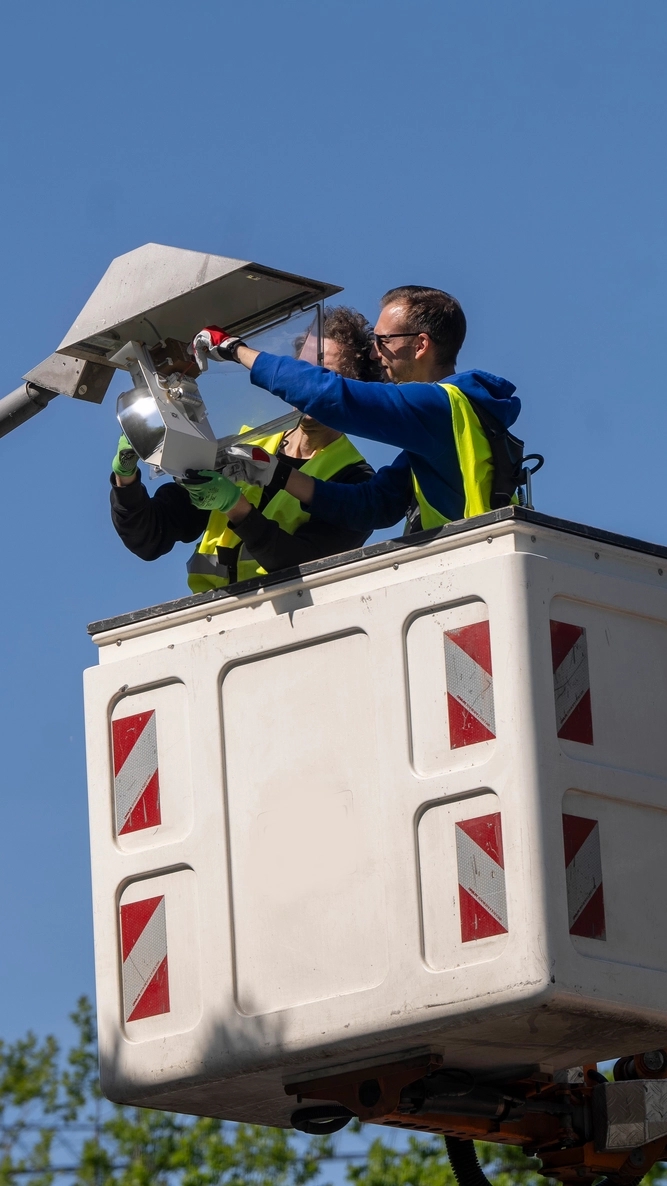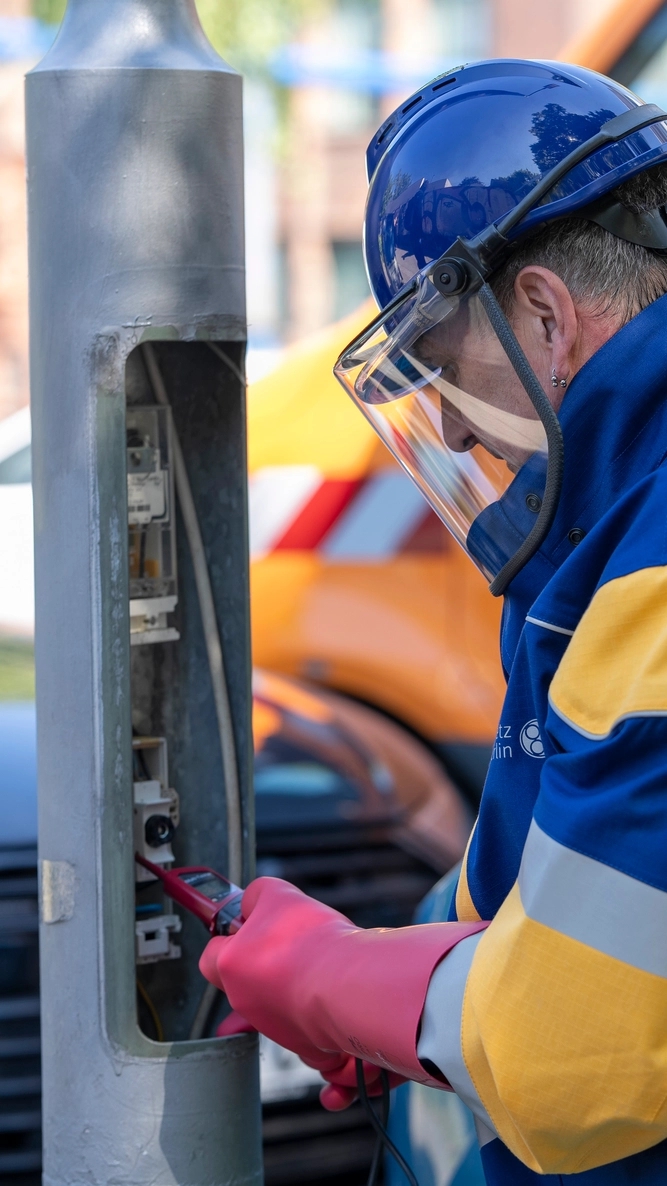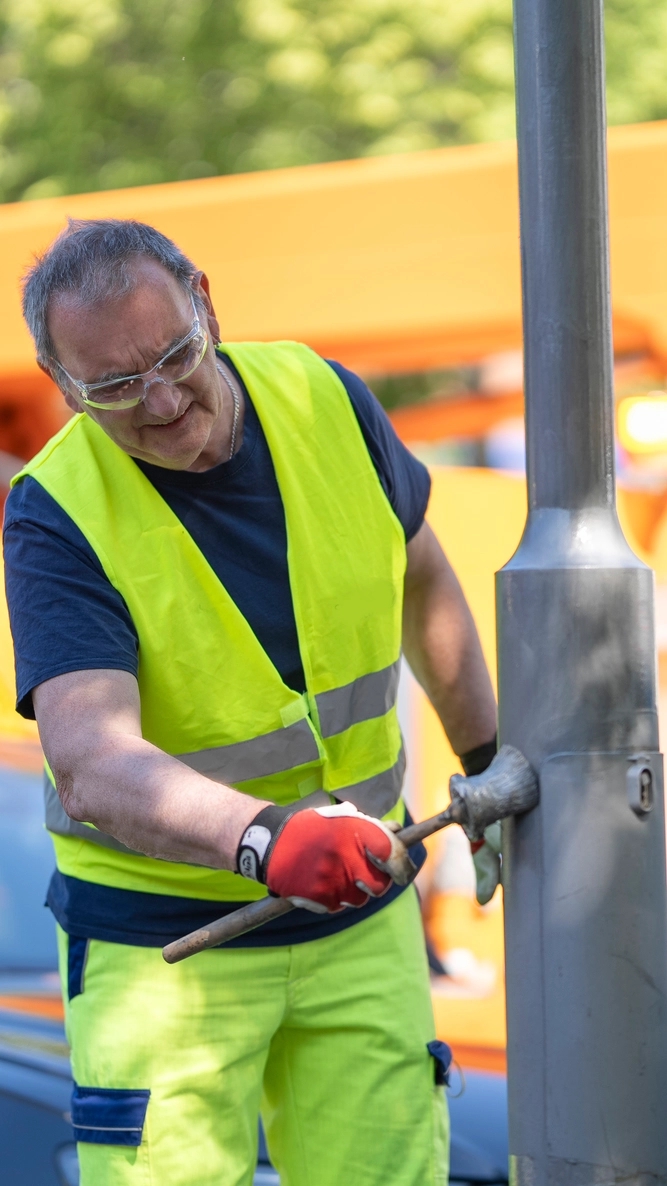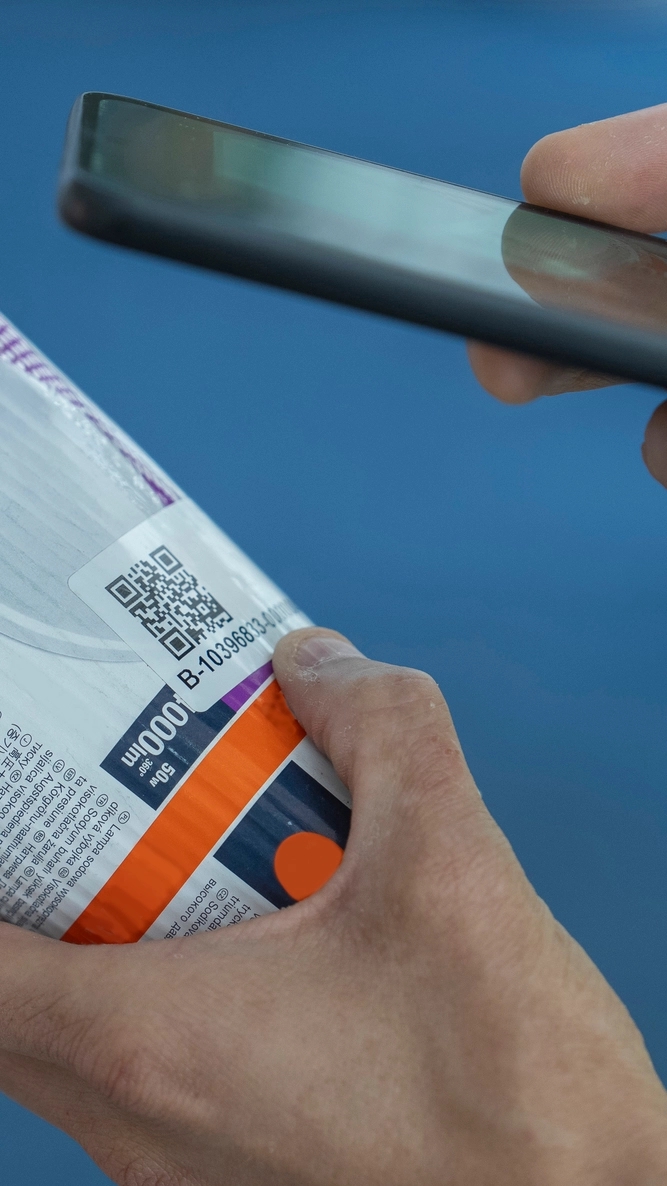Operation of lighting systems
Operations Management is responsible for the maintenance, troubleshooting and defect management of public lighting systems.
Our range of services
Maintenance
- Changing bulbs
- Corrosion protection
- Stability test
- Maintenance of tunnel lighting
- Inspection of electrical systems in accordance with DGUV regulation 3
Troubleshooting and defect management
- Fault logging (by app, email and control centre)
- Lighting inspection (field service)
- Troubleshooting
- Damage repair
- Luminaire replacement
- Service centre
Have you discovered any defective lighting?
Please use the interactive map to let us know the affected streetlight and the problem. Alternatively, you can also inform us by telephone.
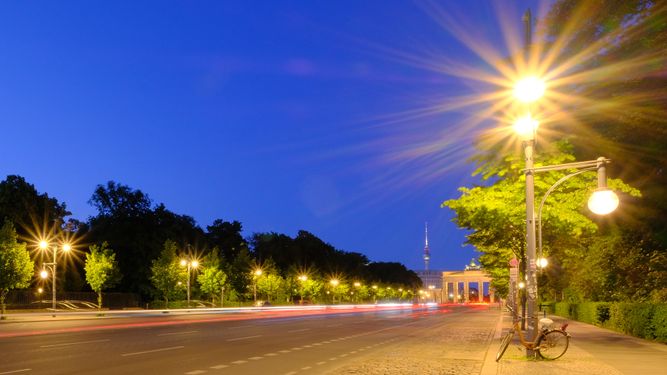
Störung sofort melden
-
Report fault immediately
- Enter the street and possibly the house number in the top left-hand corner and click the magnifying glass.
- You can move or enlarge the map section with the street if required. The lighting systems are indicated by different coloured pins.
- A known defective system is marked with a yellow, blue or red pin. In this case, you can cancel the recording.
- Click on a green pin to select the relevant system and automatically switch to the input form. Please provide the required information.
Questions and answers
How long does it take to rectify a fault?
The average processing time for a fault is 5 days.
Who can I contact if the fault clearance takes longer?
Please contact us at: [email protected]
Why might damage repair or replacement take longer?
The time taken for damage repair / replacement depends on various factors, including the availability of materials.
Who do I contact if I discover damage to a lamppost or, for example, an open flap on a lamppost?
How is lighting controlled in Berlin?
Lighting is currently switched on and off using European radio ripple control. This employs antennae and receivers that are attached to the lighting system.
How is lighting supplied with electricity?
In Berlin, a lighting system is usually connected directly to the low-voltage (0.4 kV) Berlin power grid.
In other communities, they may be supplied via a separate lighting cable network.

